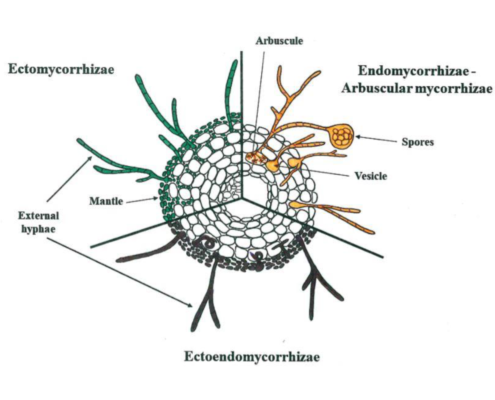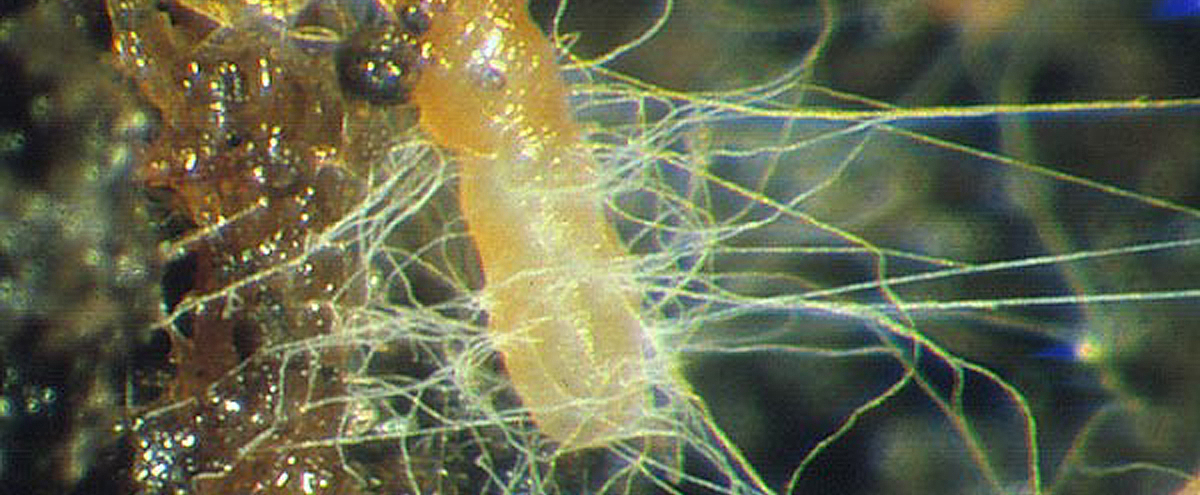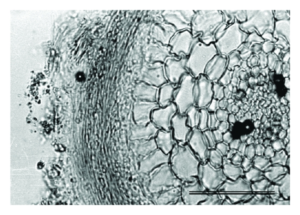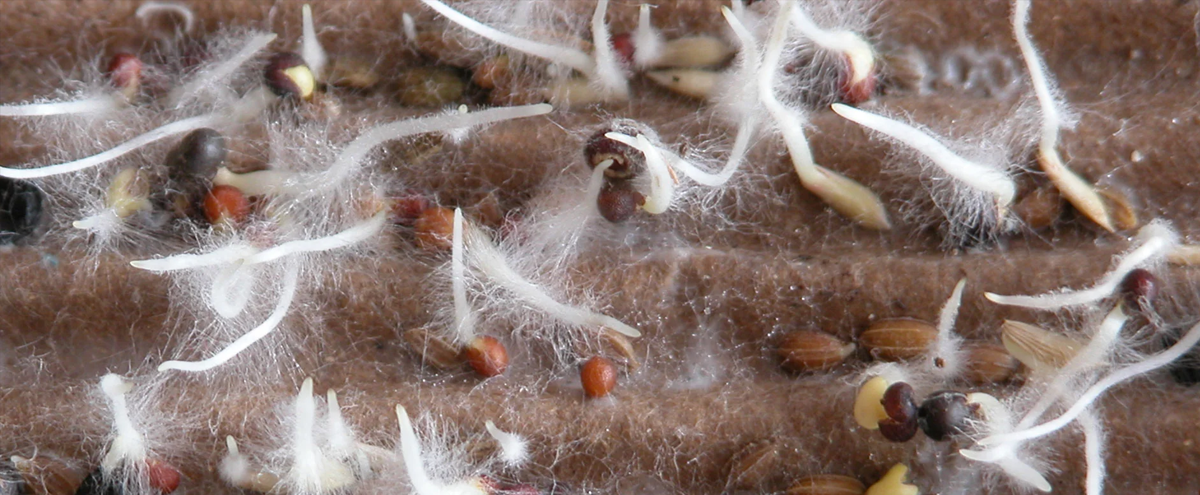
Endomycorrhizae
Endomycorrhizae, also known as arbuscular mycorrhizae (AM), are a type of symbiotic relationship between plant roots and certain fungi. The term “endo” refers to the fungal colonization inside the root cells of the host plant.
Endomycorrhizal fungi belong to the Glomeromycota phylum and form mutualistic associations with the roots of the majority of land plants, including most crop plants, trees, and grasses. The fungal hyphae penetrate the root cells, forming highly branched structures called arbuscules, which facilitate nutrient exchange between the fungus and the plant.
The symbiotic association between endomycorrhizal fungi and plants is beneficial for both parties. The fungi enhance the plant’s nutrient uptake capacity, particularly for phosphorus, which is often present in soil in limited quantities. In return, the plant provides the fungus with carbohydrates, which are produced during photosynthesis.
Endomycorrhizae improve the plant’s ability to access water, nutrients, and minerals in the soil, ultimately promoting plant growth, development, and overall health. They can also enhance the plant’s resistance to various stresses, such as drought, pathogens, and soil contaminants.
The use of endomycorrhizal fungi in agriculture and horticulture is widespread. They are often applied as inoculants during seed germination or transplanting to establish a beneficial symbiotic relationship with the plant. This practice can improve nutrient uptake efficiency, reduce the need for chemical fertilizers, and enhance plant productivity in diverse cropping systems.
Overall, endomycorrhizae play a vital role in the ecology of terrestrial ecosystems and have significant implications for sustainable agriculture and environmental management.

 Ectomycorrhizae
Ectomycorrhizae
Ectomycorrhizae (ECM) are another type of symbiotic relationship between certain fungi and plant roots. Unlike endomycorrhizae, which penetrate the root cells, ectomycorrhizal fungi form a sheath around the root tips and extend their hyphae into the surrounding soil.
Ectomycorrhizal fungi are typically associated with woody plants, including many trees such as pines, oaks, birches, and beeches. The fungal hyphae envelop the outer layer of the root, forming a mantle, and extend into the soil, forming a network known as the Hartig net.
The symbiotic association between ectomycorrhizal fungi and plant roots provides various benefits. The fungi help in the absorption of nutrients, particularly nitrogen and phosphorus, from the soil. They also assist in water uptake and enhance the plant’s tolerance to drought conditions. Additionally, ectomycorrhizae contribute to the protection of roots against pathogens and soil-borne diseases.
The relationship between ectomycorrhizal fungi and plants is crucial for the functioning of forest ecosystems. These fungi play a significant role in nutrient cycling, carbon sequestration, and soil formation. They form extensive mycelial networks that connect multiple trees, facilitating the transfer of nutrients and chemical signals between plants. This network, known as the “wood wide web,” promotes communication and mutual support among trees in a forest.
In forestry and horticulture, ectomycorrhizal fungi are often utilized in nurseries or during tree planting to enhance the establishment and growth of tree seedlings. They can be applied as inoculants or introduced through the use of soil from habitats rich in ectomycorrhizal fungi.
In summary, ectomycorrhizae are a specialized form of symbiosis between fungi and plant roots, predominantly associated with trees. They contribute to nutrient uptake, water absorption, disease protection, and ecological interactions in forest ecosystems.



